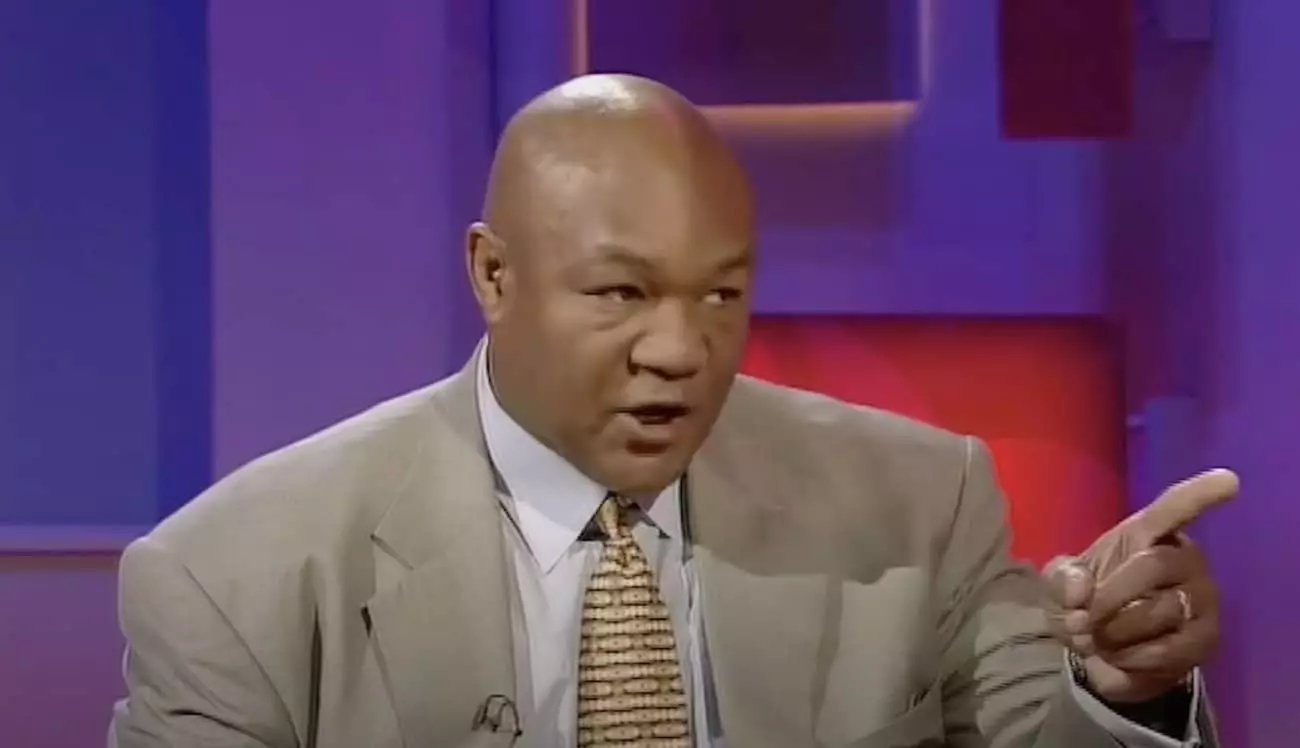As the echoes of past legends drift through the annals of boxing history, the remarkable narrative of George Foreman stands out like a beacon. On November 5, 1994, Foreman made history when he reclaimed the heavyweight championship at the age of 45, defying not just his opponents but also the relentless progression of time itself. His victory over Michael Moorer marks a poignant moment in sports, symbolizing not only personal redemption but also the resilience of the human spirit against overwhelming odds. This article delves into the significance of that momentous fight, exploring the themes of perseverance, strategy, and the undeniable connection between past and present.
To fully understand Foreman’s achievement, one must recognize its historical backdrop—his earlier confrontation with Muhammad Ali in 1974, famously known as the “Rumble in the Jungle.” In Zaire, Foreman, then a fearsome champion, was defeated by Ali in what many consider one of the greatest upsets in sports history. This loss not only stripped Foreman of his heavyweight title but also sent him into a spiral of doubt and introspection. The subsequent years were marked by a struggle to restore his identity, ultimately leading to his retirement and dramatic return to boxing in the 1990s.
While Ali’s brash charisma and unorthodox strategy had captivated audiences, Foreman’s sheer power was his hallmark. However, after his defeat to Ali, Foreman transformed; he embraced a more compassionate persona that resonated with fans. Alongside his entrepreneurial ventures—most notably his grill empire—he sought peace and purpose. His second coming in the boxing ring, characterized by a unique blend of resilience and reinvention, beautifully set the stage for his match against Moorer.
In the lead-up to the 1994 showdown, the boxing world was abuzz with anticipation. Michael Moorer, then the undefeated heavyweight champion, was widely regarded for his speed and agility, attributes that once established him as a formidable contender in the ring. Yet, as the bout approached, it became clear that Moorer’s relentless ambition—his desire to decisively knock out the aging Foreman—could serve as both his greatest strength and critical downfall.
Foreman’s strategy was captivatingly simple yet profoundly effective. Despite suffering through early rounds dominated by Moorer’s speed and finesse, Foreman employed a psychological game—encroaching upon Moorer’s space, absorbing punishment while remaining ever patient. The once fierce “bad guy” now exuded a newfound wisdom, biding his time as he closed in on his adversary. This tactical restraint played a crucial role in his eventual triumph.
The climax of the fight arrived electrifyingly in the tenth round. Moorer, in a moment of overconfidence, stepped too decisively into Foreman’s range. The crafting of fate escalated as Foreman, with the precision of an artist, delivered a right hand that seemingly resonated with echoes of his past. The punch, a remnant of the powerhouse instance he was in the ’70s, connected with devastating force. Moorer fell to the canvas, bewildered and shocked, while the crowd erupted in disbelief and jubilation.
This decisive moment transcended the physical act of boxing. It symbolized catharsis for both Foreman and his fans—an encapsulation of persistence, strategy, and against-all-odds eventual victory. Foreman, once the tormented soul of the ring, transformed into a figure of hope not only for himself but for anyone who has ever faced significant adversity.
The victory over Moorer on that fateful night in Las Vegas represents more than a just tale of a man recapturing lost glory. It emphasizes the enduring spirit to strive for redemption, regardless of age or past failures. For many fans, George Foreman became more than a boxer; he illustrated that the trajectory of life can change dramatically if one is willing to navigate through struggles with determination.
In looking back 30 years since that unforgettable event, we cherish not only what Foreman accomplished but also the lessons imparted through his journey—lessons about resilience, growth, and the pursuit of dreams no matter how unreachable they seem. As we reflect on this pivotal moment in boxing history, we celebrate not just a fight but the resonance of a man’s commitment to reclaiming his narrative amidst the complexities of life and sport.

